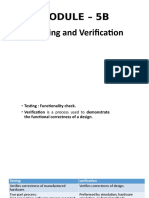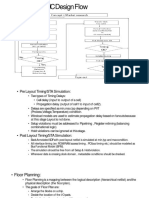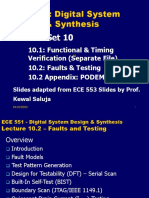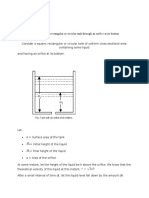0% found this document useful (0 votes)
8 views28 pagesModule 5 Complete
Module 5 discusses the importance of testing, debugging, and verification in integrated circuit (IC) design, emphasizing that testing often requires more effort than design itself. It outlines three main categories of tests: functionality tests, manufacturing tests, and tests conducted on the first batch of chips, along with various fault models and metrics such as controllability and observability. Additionally, it covers design for testability techniques, including ad hoc testing, scan design, built-in self-test (BIST), and IDDQ testing, all aimed at enhancing the reliability and manufacturability of ICs.
Uploaded by
Srihari KsCopyright
© © All Rights Reserved
We take content rights seriously. If you suspect this is your content, claim it here.
Available Formats
Download as PDF, TXT or read online on Scribd
0% found this document useful (0 votes)
8 views28 pagesModule 5 Complete
Module 5 discusses the importance of testing, debugging, and verification in integrated circuit (IC) design, emphasizing that testing often requires more effort than design itself. It outlines three main categories of tests: functionality tests, manufacturing tests, and tests conducted on the first batch of chips, along with various fault models and metrics such as controllability and observability. Additionally, it covers design for testability techniques, including ad hoc testing, scan design, built-in self-test (BIST), and IDDQ testing, all aimed at enhancing the reliability and manufacturability of ICs.
Uploaded by
Srihari KsCopyright
© © All Rights Reserved
We take content rights seriously. If you suspect this is your content, claim it here.
Available Formats
Download as PDF, TXT or read online on Scribd
/ 28




















































































